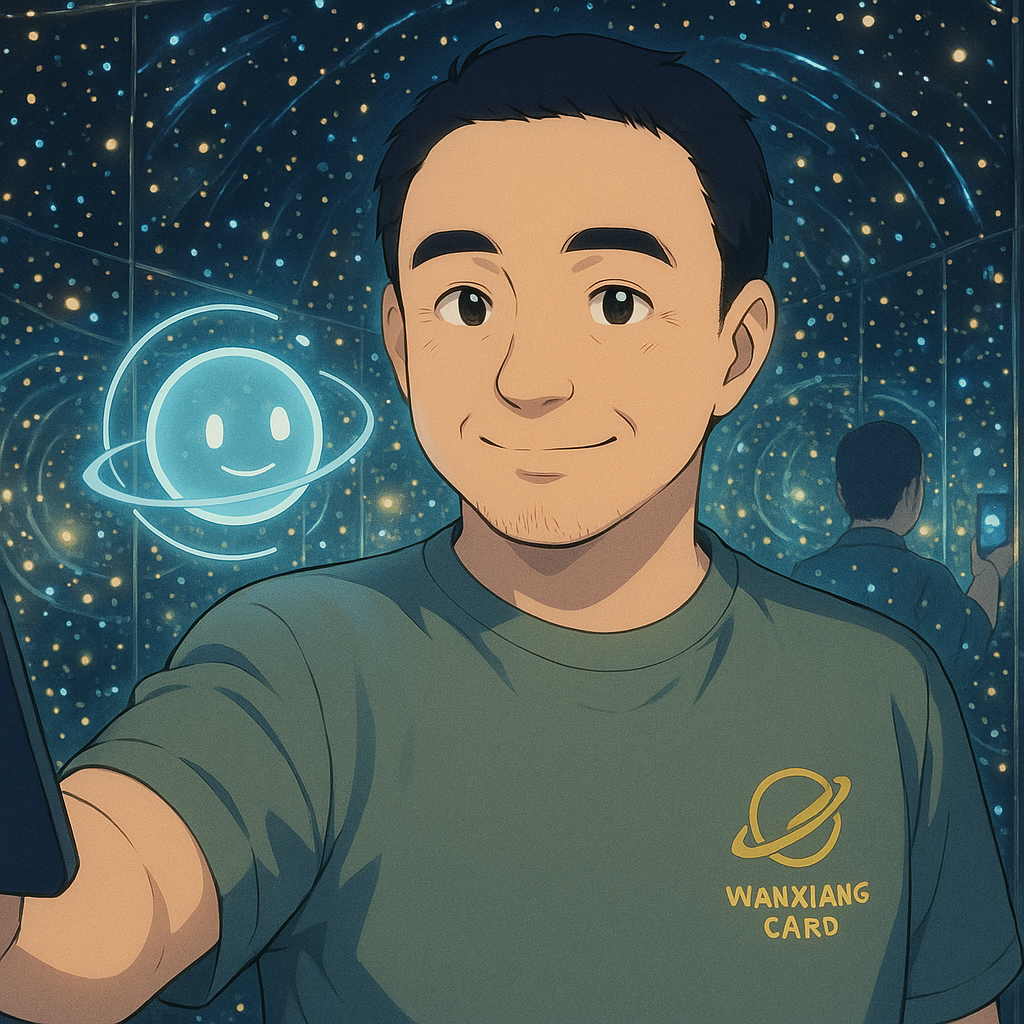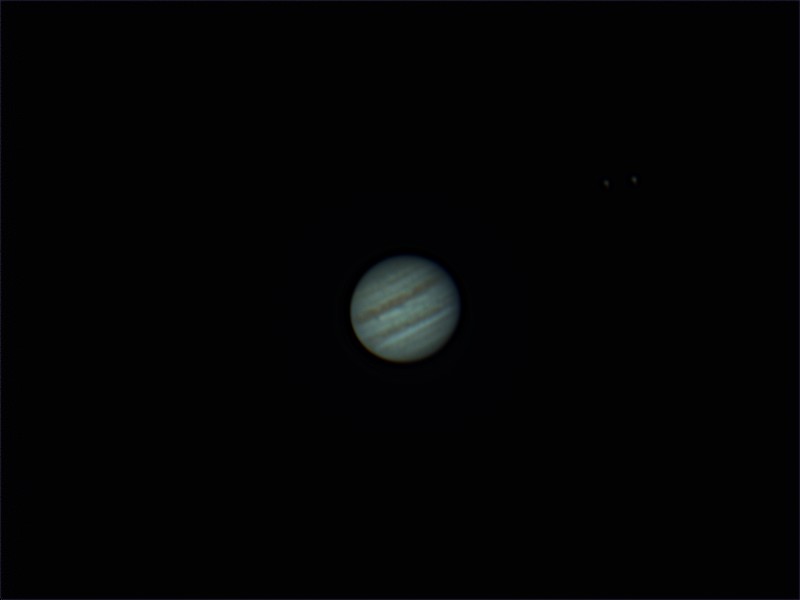
Today I stepped into the heart of contemporary art in Los Angeles — The Broad Museum — and spent a day filled with inspiration, critical thought, and aesthetic wonder.
🧠 Jean-Michel Basquiat | Street Poetry & Political Fire
Reading the wall text about Basquiat left me deep in thought. Through graffiti, symbols, and chaotic overlays, he wove together narratives of Black culture, colonial history, and identity.
His fierce critique of racial stereotypes and the art market showed an artist who refused to conform — speaking truth both inside and outside the institution.
👑 Jeff Koons – Michael Jackson and Bubbles | Idol-Making in Porcelain
This glossy white-and-gold porcelain sculpture felt both luxurious and eerie. Michael Jackson sits like a religious icon with his chimpanzee Bubbles — a surreal composition that questions celebrity worship, commodification, and pop spectacle.
Standing before it, I felt like part of the audience reflected in the idol’s surface.
🟥 Andy Warhol – Mao | Political Icon as Consumer Product
Warhol’s take on Chairman Mao — full of bright, brash colors — asked:
When political leaders become visual products, is it critique or deification?
The clash of bold color and heavy subject felt like standing at the crossroads of history and entertainment.
✨ Yayoi Kusama – Infinity Mirrored Room | Into the Galaxy Within
Finally, I entered Kusama’s Infinity Mirrored Room. Surrounded by infinite lights, I felt like a drifting speck of stardust.
The 45 seconds inside felt like floating through time, reflection, and a universe both real and imaginary.
“The Souls of Millions of Light Years Away” — Kusama didn’t just let us see the cosmos. She let us become part of it.
📝 Reflection
The Broad wasn’t just a place to admire — it was a space for collision, contrast, and clarity.
Today, I didn’t just view artworks. I entered into conversations with the minds behind them.
Between the mirrored walls and painted icons, I caught deeper glimpses of society — and of myself.
John C.H. Tsai
今天走進了洛杉磯當代藝術的核心 —— The Broad Museum,度過了一個充滿衝擊與反思的藝術日。
🧠 Jean-Michel Basquiat|街頭詩意與政治宣言
讀到 Basquiat 的展牆文字讓我沉思許久。他用塗鴉、象徵與混亂編織出黑人文化、殖民歷史與身份的多重線索。在他筆下,藝術不只是創作,而是回應壓迫、敘述歷史的武器。他對種族刻板印象與藝術市場的尖銳批判,也讓人感受到他在體制內外都不妥協的態度。
👑 Jeff Koons《Michael Jackson and Bubbles》|偶像製造機器的鏡面反射
這件純白與金色的瓷像既奢華又怪異,將麥可與寵物猩猩泡泡以宗教聖像般的方式呈現。看似童話,但其實是對偶像崇拜、商品化與流行文化的深層反諷。站在雕像前,彷彿自己也成了那個「凝視明星」的一部分。
🟥 Andy Warhol《Mao》|政治圖像變商品
Warhol 的這幅毛澤東畫像一如既往地以鮮豔色塊吸引目光,卻也讓人思考:當政治領袖的臉孔變成流行圖騰,這是一種顛覆還是另一種神化?
色彩的炫目與主題的沉重並置,讓人有種站在歷史與娛樂交界的錯亂感。
✨ 草間彌生《Infinity Mirrored Room》|進入星空內部
最後進入草間彌生的《無限鏡屋》。站在滿是光點的鏡面世界中,感覺自己化作了宇宙中一顆小星塵。短短45秒的體驗卻讓人彷彿飄浮在無限時間與空間中。
「The Souls of Millions of Light Years Away」—— 草間讓人不只是看見宇宙,而是與它共鳴。
📝 小結
The Broad 給我的不只是「欣賞」,而是一連串撞擊與思辨。今天我不只在看作品,而是在與藝術家們的思想對話。在這些牆面與鏡子之中,我更清楚地看見了社會,也看見了自己。
John C.H. Tsai
